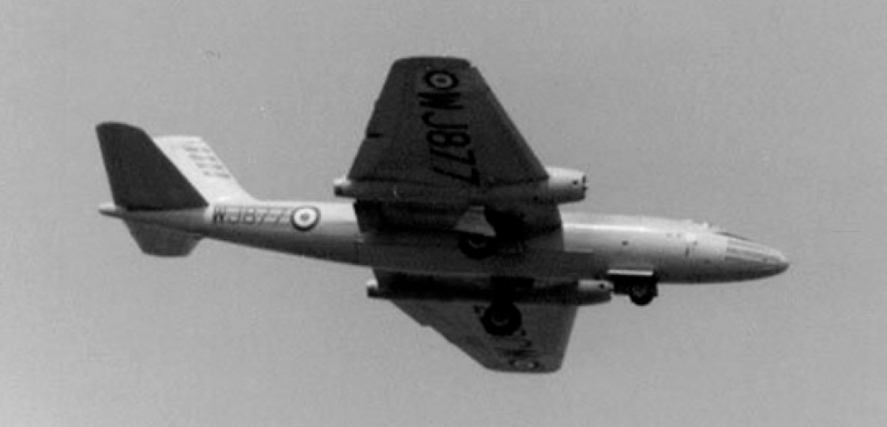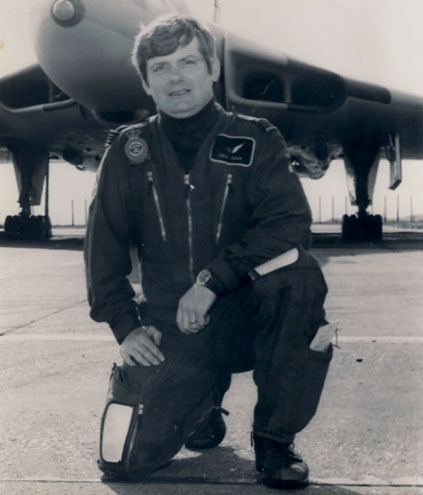SERVICE GRAVE
DAVID L. F. ADAM (grave 42)
FLIGHT LIEUTENANT
MY STORY
Died: 14th July 1951
The Canberra was another aircraft that belonged to the pioneering era of jet aviation. The Canberra had its origins as an aircraft designed in World War II, but first flew in 1949. By the time of the accident, the type had seen over 40 years of RAF service. This however, did not come without it too exposing its vices. The aircraft was particularly difficult to handle at low speed on one engine.
If a Canberra lost an engine at low level and the pilot did not apply rudder correctly to counter the effect, the aircraft would roll rapidly and in many cases crash.
On the afternoon of 18th March 1991, Flight Lieutenant Adam was the Navigator of Canberra T4 (WJ877). He and his pilot Flight Lieutenant Stephen Wilkinson, a Qualified Flying Instructor (QFI), were tasked with flying RAF Wyton’s Station Commander, Group Captain Reginald McKendrick, to a meeting at RAF Kinloss in northern Scotland. He was to be second pilot and to make the most of the flight, it was decided that a check would be conducted on him to see how he would handle an engine failure after take-off. Such checks are a routine part of any pilot’s life.

Canberra WJ877 before the crash.
The aircraft was seen to take-off normally and the wheels were retracted. As the aircraft passed the air traffic control tower, it rolled to the left. This was stopped but it then rolled rapidly to the right and crashed from a height of 150 feet.
Although two of the crew did attempt to eject, there wasn’t sufficient time for their ejector seats to work and all three crew members were killed. Further tragedy was narrowly avoided as the aircraft crashed across the busy Huntingdon to March road at rush hour.
Cambridgeshire Police said of the accident: “Normally the road would have been full of cars going home at the time of the crash, but there was a gap in the traffic and the road was unusually empty.”
The subsequent investigation was hampered by the lack of a flight data recorder, but it was thought that the Station Commander anticipated the simulated engine failure and applied rudder slightly too early. As the aircraft rolled to the left he realised his mistake and eased off on the rudder. However, by this time the asymmetric power of the one remaining engine was beginning to take effect.
When he re-applied the left rudder to counter the roll to the right, it was too late and the crash was inevitable.

David Laird Ferguson Adam.
